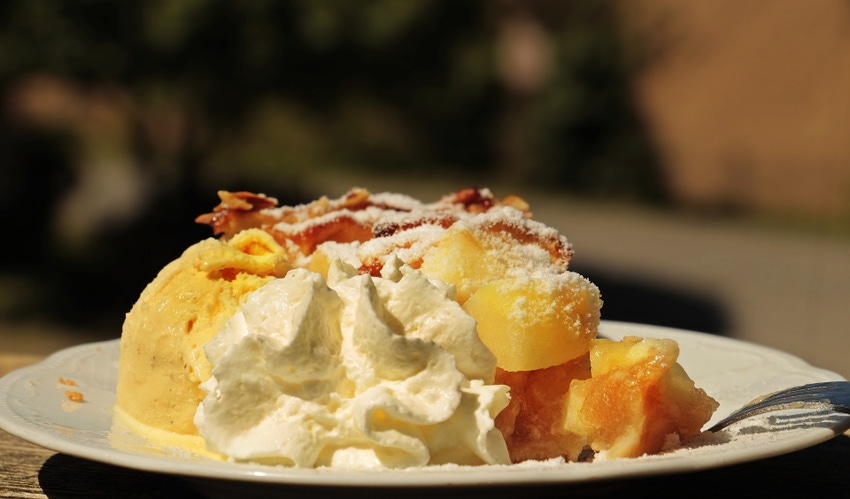Consumers using snacks and treats to help with boredom and keep spirits lifted during stay-at-home orders.

Stay-at-home orders since the emergence of the COVID-19 pandemic in the U.S. have caused many consumers to shift their priorities, according to Darren Seifer, food consumption analyst for NPD Group. One of the main areas in which this has occurred is health and wellness, he said, adding that new information from NPD’s National Eating Trends service shows a back-to-basics priority.
The firm’s analysis shows that in-home consumption has increased for eggs, cold cereal and bread, but it also revealed that consumers are using some foods, like snacks and treats, to help with boredom and keep their spirits lifted.
“Consumers are feeling insecure about their economic and physical well-being. They’ve also experienced a drastic lifestyle shift that has meant staying home more. The combination has led to a widespread pause on wellness goals as part of adjusting to this new normal,” Seifer noted. “Achieving wellness goals in the middle of a public health crisis may be considered a luxury.”
NPD research found that consumers are concerned about relieving the stress of health precautions. In early 2020, concerns about stress eating increased, while concerns about following the most popular diet, “my own diet,” fell. In April 2019, 17.3% of consumers said they were on a diet plan of their own making; that fell to 13.5% in April this year.
“Interestingly, many structured nutrition plans, such as Keto, maintained their participation rates. In a time of uncertainty, these plans may give consumers a sense of structure when other areas of their lives become disorganized or disrupted,” Seifer explained, adding that the only structured nutrition plan that has lost ground is intermittent fasting.
NPD found that consumers are also treating themselves with sweet indulgences more than they did last year. In April 2020, nearly four in 10 people said having snacks and treats on hand is part of their pantry strategy. Among the categories they stock with three or more items are salty snacks, ice cream and cookies. People are also increasing their consumption of these items, particularly sweets, in the evening more than any other time of the day, which reverses a decade-long trend away from evening snacking and toward more healthful options in the morning.
Along with the willingness to consume treats, NPD found that the number of adults avoiding sugars declined for the first time in nearly a decade. Fewer adults are also avoiding sodium and alcohol now, which is more evidence that consumers are pausing their health goals and looking to foods and beverages for stress relief, the firm noted.
Still, Siefer said the pause is likely to be only temporary.
“Concerns about weight loss and overall wellness remain strong, suggesting consumers will go back to nutrition plans when they feel they can incorporate them back into their lives,” he noted.
However, he said this will depend on how long the U.S. has to deal with COVID-19 and related economic concerns.
The Centers for Disease Control & Prevention is reporting that new COVID-19 infections are rising again and that "many states have paused or backtracked on reopening plans. It’s likely the impact of COVID-19 will be with us for at least several more months, which may be what we see with the current pause on wellness, too. In the meantime, marketers can focus on immunity strength, stress relief and structure, as these are consumers’ pressing needs,” Siefer said.
About the Author(s)
You May Also Like





